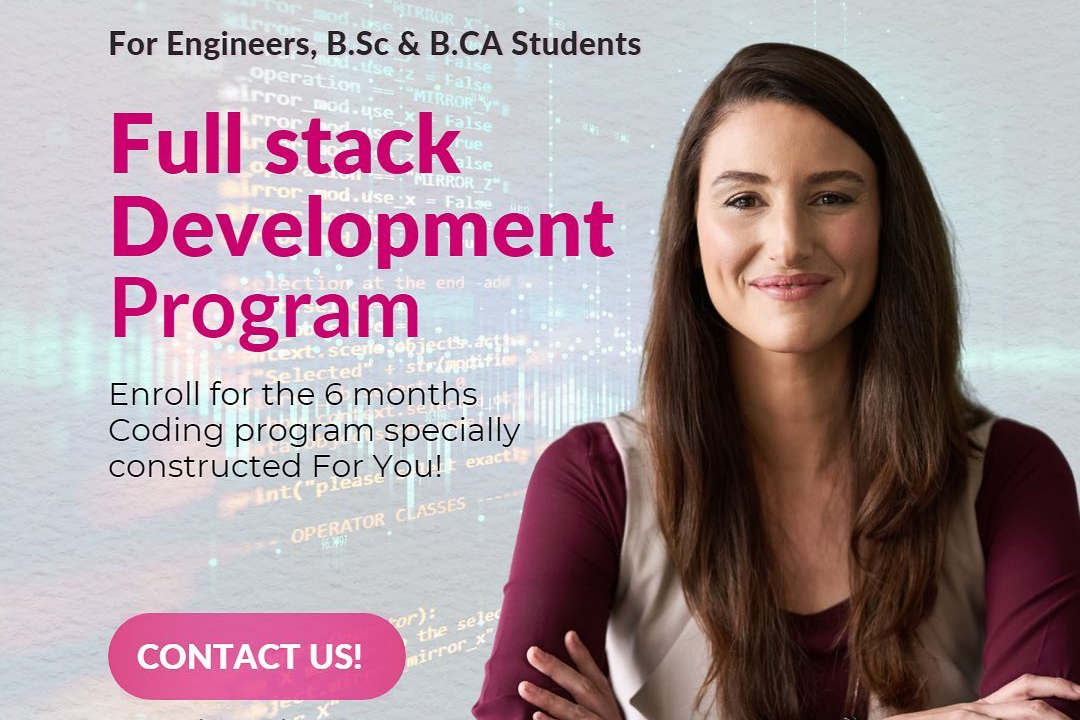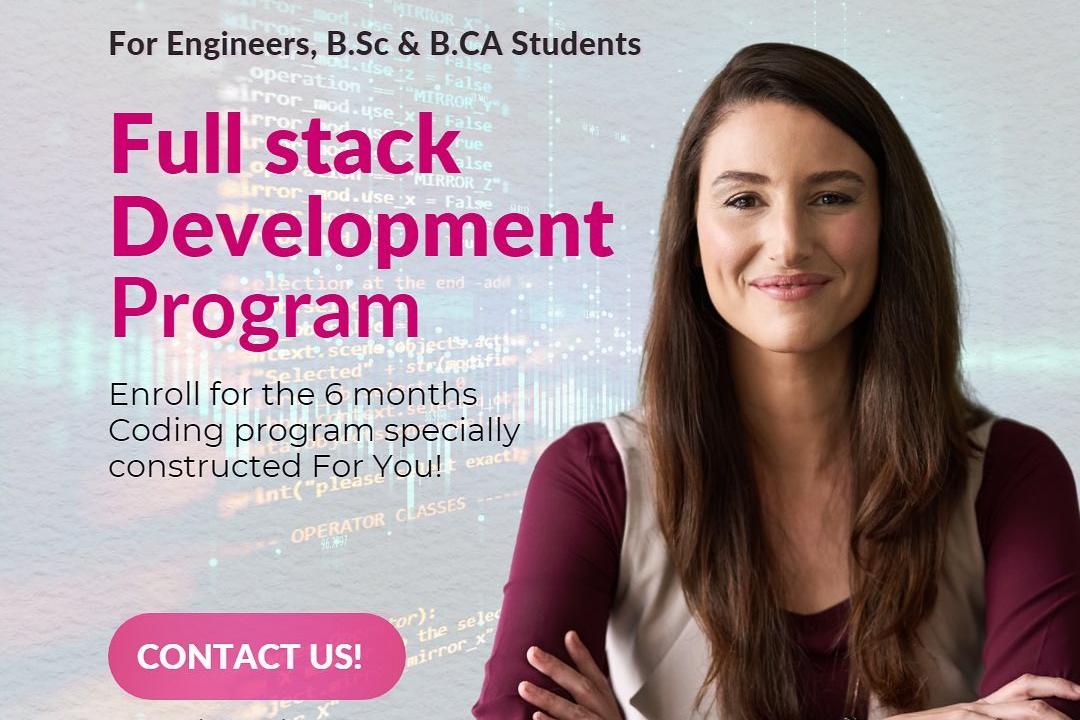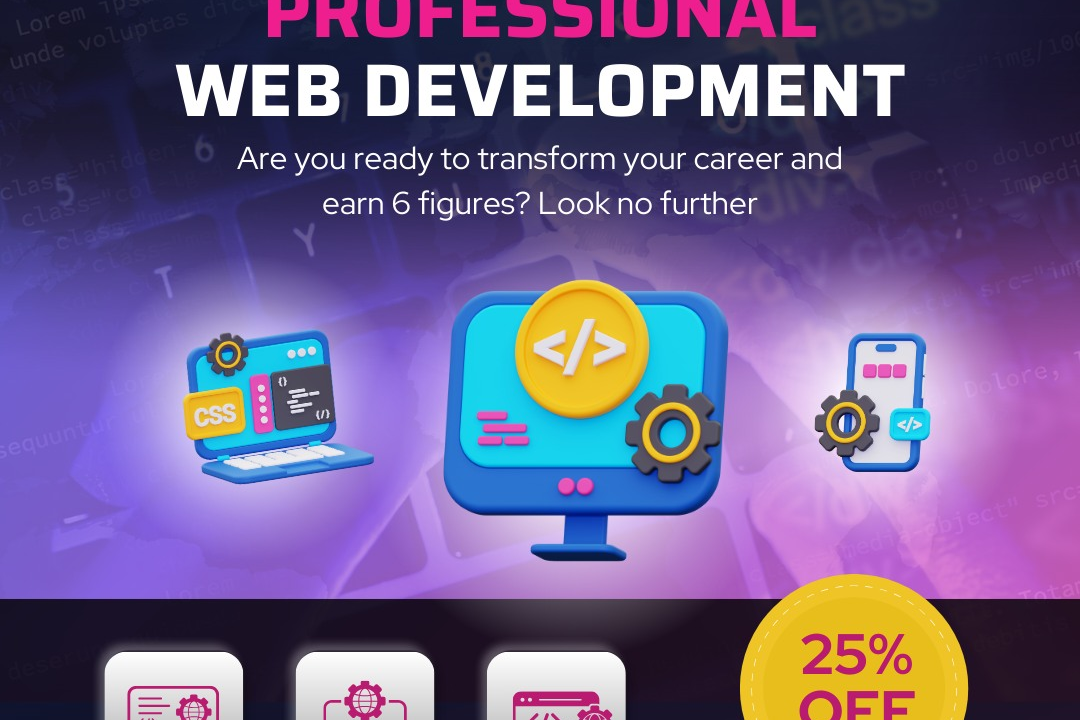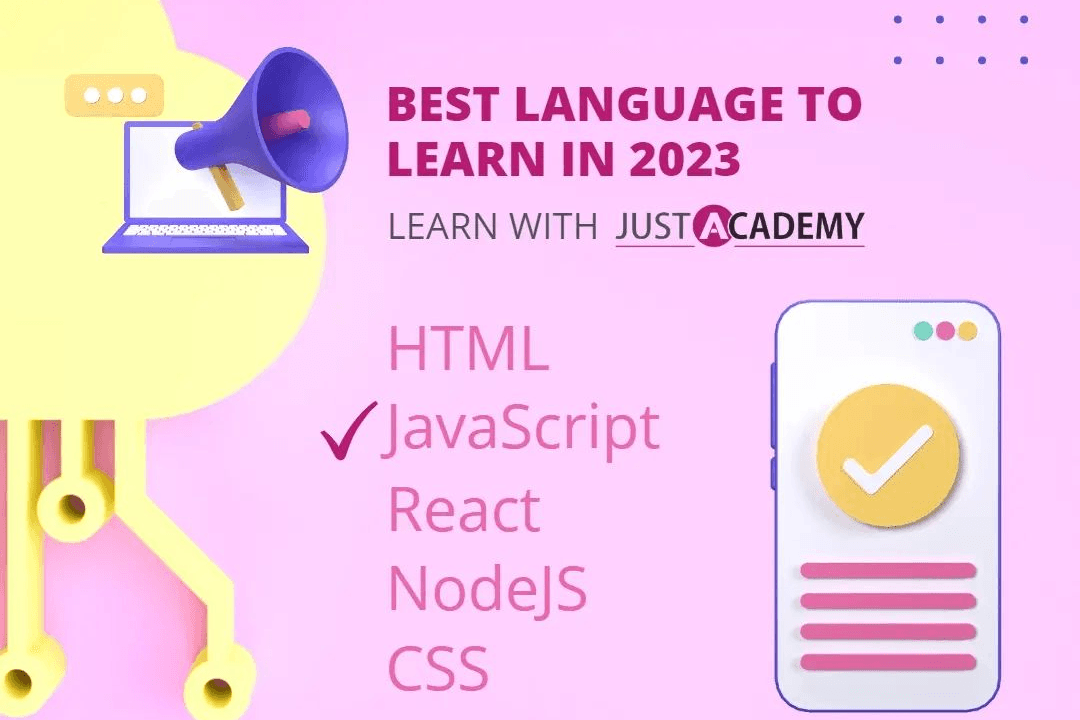Flutter Architecture Interview Questions
Essential Flutter Architecture Interview Questions
Flutter Architecture Interview Questions
Flutter Architecture Interview Questions delve into the principles and best practices of structuring Flutter applications. They assess candidates' understanding of the Model-View-ViewModel (MVVM) pattern, bloc/rx architecture, dependency injection, data management, and state management techniques. These questions are crucial as they evaluate candidates' ability to design and implement maintainable, scalable, and performant Flutter applications, ensuring optimal user experience and code quality.
To Download Our Brochure: https://www.justacademy.co/download-brochure-for-free
Message us for more information: +91 9987184296
1 - Explain the bloc pattern: It's a state management pattern that follows the principles of unidirectional data flow and immutability.
2) Describe the provider package: It's a dependency injection framework for Flutter that allows you to share objects and state between different parts of your app.
3) Explain the difference between a bloc and a provider: Blocs manage state, while providers manage dependencies.
4) When should you use a bloc over a provider?: Use a bloc when you need to manage complex state that requires business logic.
5) Describe the layered architecture for Flutter apps: Typically includes a presentation layer for UI, a domain layer for business logic, and a data layer for data access.
6) Explain the importance of testing in Flutter: Testing ensures that your app works as expected and reduces the risk of bugs in production.
7) Describe the different types of tests you can write in Flutter: Unit tests, widget tests, and integration tests.
8) Explain the purpose of the Flutter DevTools: It's a set of tools that help you debug, analyze, and test your Flutter apps.
9) Describe the hot reload feature in Flutter: It allows you to make changes to your code and see them reflected in your running app without restarting it.
10) Explain the difference between a stateful and a stateless widget: Stateful widgets can change their state over time, while stateless widgets cannot.
11 - Describe the build method in a Flutter widget: It's where you define the UI for your widget based on its current state and the context it's in.
12) Explain how to handle user input in Flutter: Use event handlers such as onTap, onPressed, and onChange.
13) Describe the navigation system in Flutter: It allows you to navigate between different screens and manage the app's back stack.
14) Explain how to use the FutureBuilder widget: It's used to load data from an asynchronous source and display a loading indicator while the data is loading.
15) Describe the StreamBuilder widget: It's used to listen to a stream of data and update the UI accordingly.
16) Explain how to use the ChangeNotifier class: It's used to notify listeners when the state of an object changes.
17) Describe the Provider package: It's used for dependency injection and state management in Flutter applications.
18) Explain how to handle errors in Flutter: Use the try catch block or the FlutterError widget.
19) Describe the importance of performance optimization in Flutter: To ensure your app runs smoothly and efficiently.
20) Explain the different techniques for performance optimization in Flutter: Caching, lazy loading, using the correct widgets, and avoiding unnecessary rebuilds.
Strategies to Improve Academic Performance:
1. Effective Study Techniques:
- Active Recall: Regularly test yourself on material to improve memory retention.
- Spaced Repetition:* Review information at increasing intervals to strengthen recall.
- Elaboration:* Connect new information to existing knowledge by explaining it in your own words or creating analogies.
- Interleaving:* Mix different subjects or topics during study sessions to enhance focus and understanding.
- 2. Time Management:
- Create a Study Schedule:* Plan regular study blocks and stick to them consistently.
- Prioritize Tasks:* Focus on the most important or challenging material first.
- Break Down Assignments:* Divide large projects into smaller, manageable chunks.
- Utilize Pomodoro Technique:* Alternate between focused study sessions and short breaks.
- 3. Note Taking and Active Learning:
- Take Effective Notes:* Use various note taking techniques (e.g., Cornell Method, bullet journaling) to capture key concepts efficiently.
- Engage in Class:* Actively participate in discussions, ask questions, and take notes during lectures.
- Form Study Groups:* Collaborate with peers to discuss concepts, clarify misunderstandings, and quiz each other.
- 4. Conceptual Understanding:
- Focus on Understanding:* Aim to grasp the underlying principles rather than merely memorizing facts.
- Seek Clarification:* Ask questions when concepts are unclear, either in class or during office hours with the instructor.
- Connect Material:* Relate new information to previous knowledge and real world examples.
- 5. Motivation and Accountability:
- Set Realistic Goals:* Establish achievable targets to avoid feeling overwhelmed.
- Track Progress:* Monitor your study habits and progress to identify areas for improvement.
- Find Support:* Seek encouragement from family, friends, or a mentor who can provide accountability and motivation.
- 6. Utilize Resources:
- Attend Office Hours:* Utilize instructors' office hours to seek clarification, ask questions, and receive feedback.
- Access Study Assistance:* Seek help from tutors, learning centers, or online resources when needed.
- Library and Technology:* Take advantage of library resources such as textbooks, articles, and research materials. Explore online platforms and software for note taking, collaboration, and study aids.
- 7. Health and Wellness:
- Get Adequate Sleep:* Aim for 7 9 hours of quality sleep each night to enhance memory and cognitive function.
- Exercise Regularly:* Engage in physical activity to reduce stress and improve focus.
- Maintain a Healthy Diet:* Fuel your body with nutritious foods to support brain health.
- 8. Reduce Distractions and Improve Focus:
- Create a Dedicated Study Space:* Find a quiet and distraction free environment to optimize concentration.
- Minimize Technology Use:* Limit screen time during study sessions to avoid distractions.
- Use Noise Canceling Headphones:* Reduce external noise to enhance focus.
- 9. Seek Feedback and Adapt:
- Review Feedback:* Carefully review feedback from instructors and peers to identify areas for improvement.
- Adjust Study Strategies:* Experiment with different study techniques and approaches to find what works best for you.
- Remain Flexible:* Be adaptable and willing to make adjustments to your study habits as needed.
- Course Overview
- The “Flutter Architecture Interview Questions” course prepares candidates for technical interviews by providing comprehensive coverage of Flutter architecture concepts, design patterns, and best practices. It equips them with the knowledge and skills to analyze and implement robust and scalable Flutter applications, addressing common interview challenges related to architecture, state management, and performance optimization.
- Course Description
- Master the art of answering complex architectural questions during Flutter interviews. This course covers advanced concepts, design patterns, and best practices used in building scalable and maintainable Flutter applications. Enhance your understanding of MVVM, BLoC, Redux, Dependency Injection, and more to showcase your proficiency and ace your interviews.
- Key Features
- 1 - Comprehensive Tool Coverage: Provides hands-on training with a range of industry-standard testing tools, including Selenium, JIRA, LoadRunner, and TestRail.
- 2) Practical Exercises: Features real-world exercises and case studies to apply tools in various testing scenarios.
- 3) Interactive Learning: Includes interactive sessions with industry experts for personalized feedback and guidance.
- 4) Detailed Tutorials: Offers extensive tutorials and documentation on tool functionalities and best practices.
- 5) Advanced Techniques: Covers both fundamental and advanced techniques for using testing tools effectively.
- 6) Data Visualization: Integrates tools for visualizing test metrics and results, enhancing data interpretation and decision-making.
- 7) Tool Integration: Teaches how to integrate testing tools into the software development lifecycle for streamlined workflows.
- 8) Project-Based Learning: Focuses on project-based learning to build practical skills and create a portfolio of completed tasks.
- 9) Career Support: Provides resources and support for applying learned skills to real-world job scenarios, including resume building and interview preparation.
- 10) Up-to-Date Content: Ensures that course materials reflect the latest industry standards and tool updates.
Benefits of taking our course
Functional Tools
1 - Flutter: A free and open source UI framework from Google for building native Android and iOS apps using a single codebase.
2) Dart: A programming language developed by Google for building mobile, desktop, web, and server side applications.
3) CI/CD: Continuous Integration and Continuous Delivery tools automate the software development process, allowing developers to quickly and reliably build, test, and deploy code changes.
4) Unit Testing: A testing approach that isolates individual units of code (e.g., functions, classes) to ensure they function as expected.
5) Mocking: A technique for creating simulated objects that mimic the behavior of real objects, enabling thorough testing.
6) Code Coverage: A metric that measures the percentage of code that has been tested, ensuring that significant portions of the codebase have been validated.
Strategies to Improve Your Score on Tests and Assignments:
Before the Test or Assignment:
- Attend class regularly and take notes: Pay attention in class and actively engage with the material. Take organized notes that you can review later.
- Review material consistently:* Don't wait until the last minute to start studying. Regularly review your notes, textbooks, and other resources to reinforce your understanding.
- Understand the concepts:* Focus on understanding the underlying concepts rather than memorizing facts. This will allow you to apply your knowledge to different situations.
- Practice regularly:* Engage in practice exercises, simulations, and quizzes to test your understanding and identify areas for improvement.
- Seek clarification:* Ask questions in class or during office hours if you need clarification on any concepts. Don't be afraid to ask for help when needed.
- Get enough sleep:* Prioritize getting a good night's sleep before the test or assignment to ensure you are well rested and focused.
- During the Test or Assignment:
- Read instructions carefully:* Take the time to read and understand the instructions before starting to answer questions.
- Manage your time wisely:* Allocate your time wisely between different sections and questions to avoid running out of time.
- Answer what you know:* Start by answering questions you are confident about to build momentum.
- Eliminate incorrect answers:* Read multiple choice questions carefully and eliminate obviously incorrect answers to narrow down your choices.
- Guess intelligently:* If you don't know the answer but have to guess, try to eliminate the least likely options and make an educated guess.
- Show your work:* For essay questions or math problems, show your work and reasoning to demonstrate your understanding, even if the answer is incorrect. Partial credit may be awarded.
- After the Test or Assignment:
- Review your answers:* If possible, review your answers after the test or assignment and identify areas where you can improve.
- Analyze your mistakes:* Determine why you got certain questions wrong and learn from your mistakes.
- Seek feedback:* Talk to your instructor or a tutor to get feedback on your performance and areas for improvement.
- Set goals for improvement:* Based on your analysis, set specific goals for improving your performance in future tests or assignments.
- Additional Tips:
- Identify your strengths and weaknesses:* Determine which concepts or skills you excel in and which ones need more attention.
- Utilize study groups:* Collaborate with classmates to discuss the material, quiz each other, and share knowledge.
- Create a study schedule:* Plan your study time and stick to it to ensure consistency and prevent procrastination.
- Find a distraction free study environment:* Create a dedicated study space where you can focus without distractions.
- Reward yourself for effort:* Set small rewards for completing study milestones or achieving good grades to stay motivated.
Browse our course links : https://www.justacademy.co/all-courses
To Join our FREE DEMO Session:
This information is sourced from JustAcademy
Contact Info:
Roshan Chaturvedi
Message us on Whatsapp:
Email id: info@justacademy.co
Dart Language Interview Questions For Experienced












